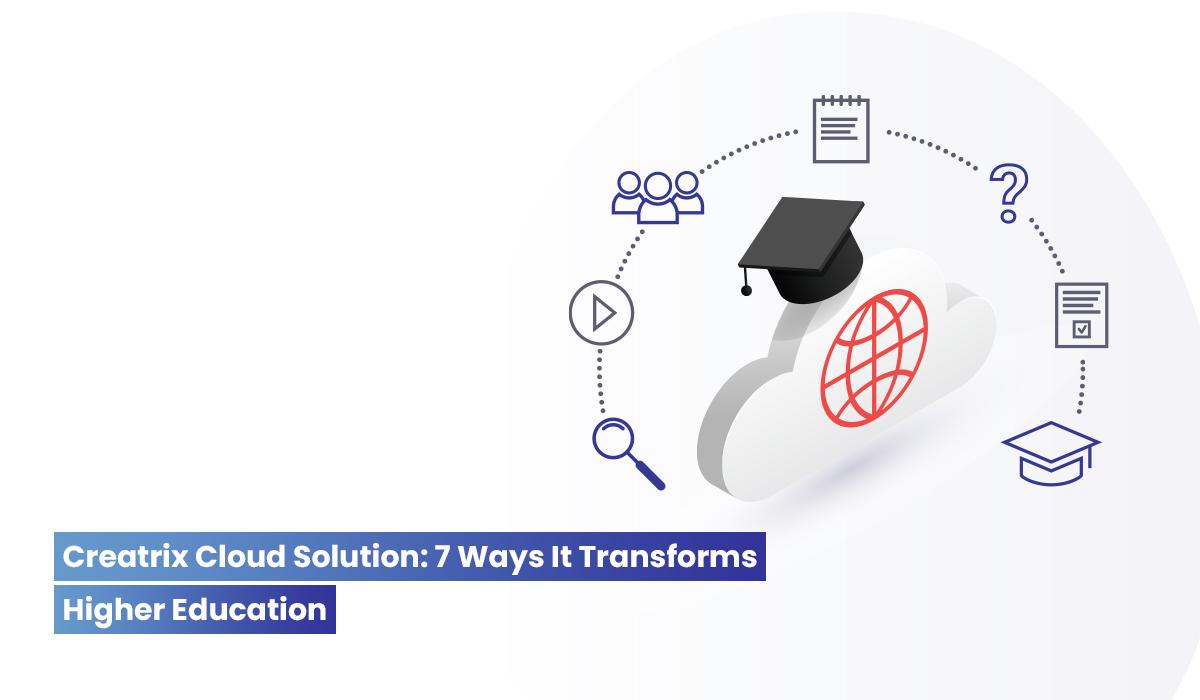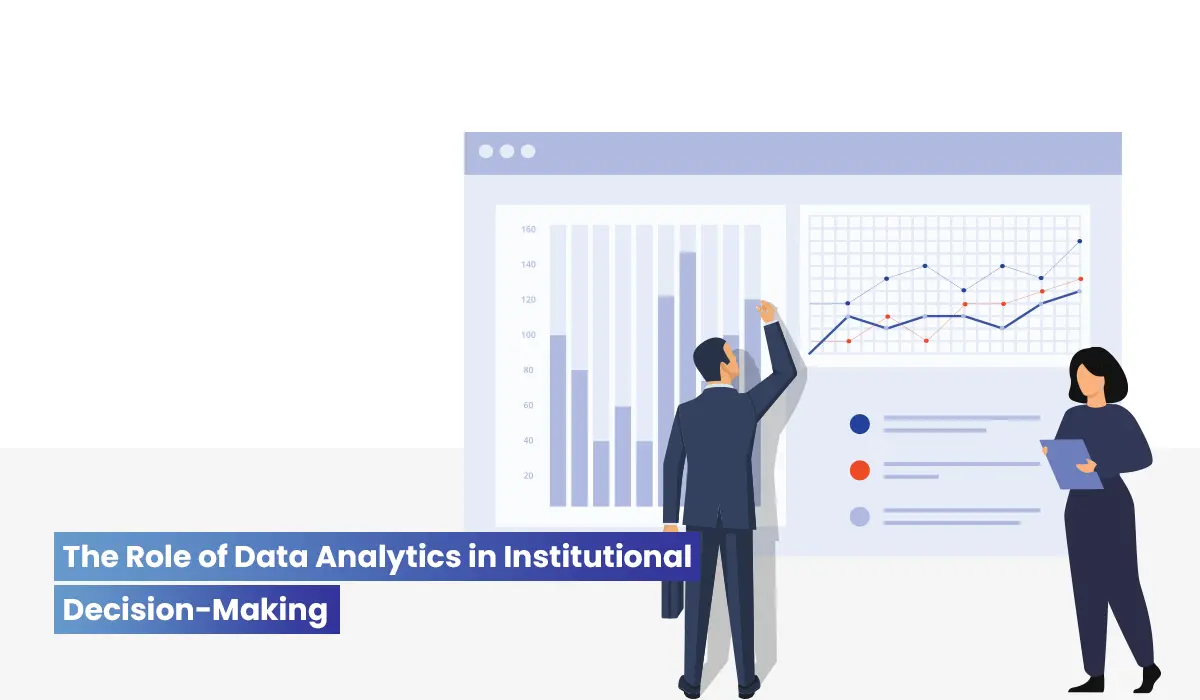Strategic Planning in Higher Education: Path to Success
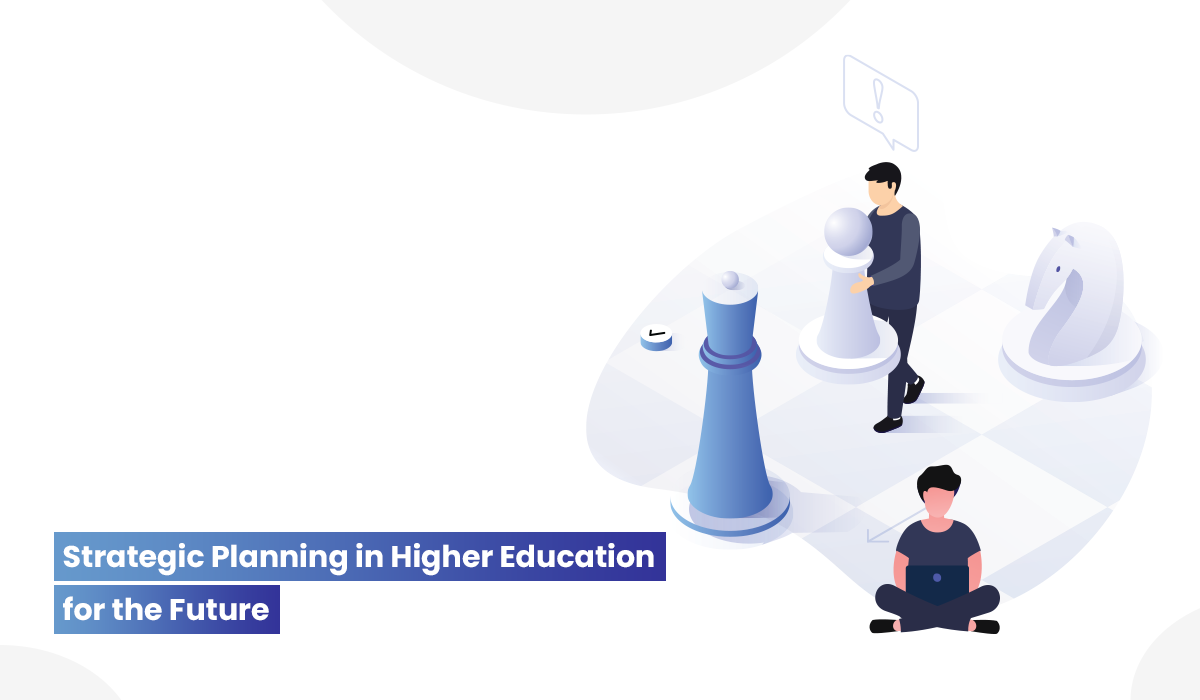
Eighty-four percent of senior finance professionals, according to recent surveys, believe their universities should use financial data more effectively to support their decision-making, which appreciates the importance of data-driven decision-making in higher education. Strategic Planning in Higher Education is all about this similar thing; being aware of the specific goals that need to be set, identifying opportunities, and allocating resources to accomplish institutional objectives. It serves as a guide for the future growth of institutions and helps leaders in those institutions, such as yourself, in assessing their current state, anticipating challenges, and taking advantage of opportunities. Let's discuss more in this blog post.
Strategic Planning in Higher Education - Key Steps
Strategic Planning in Higher Education takes institutions on an organized route, defining clear objectives, examining internal and external landscapes, developing executable strategies, and continuously monitoring progress to guarantee alignment with their long-term vision and goals. We have managed to show the higher education university strategic planning process in the image below.
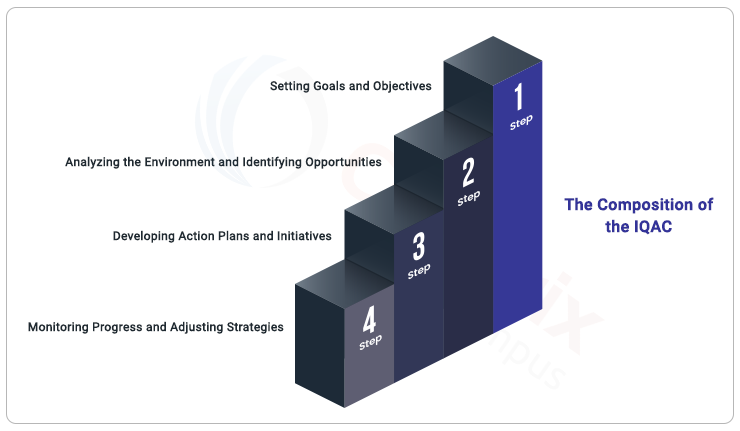
Strategic Initiatives in Universities and Colleges
Strategic Initiatives in Universities describes, from a practical standpoint, the proactive steps that universities take to address present issues, seize opportunities, and accomplish long-term objectives. These programs cover a broad spectrum of actions meant to improve the university's overall efficacy, efficiency, and competitiveness.
Universities might, for example, introduce new co-curricular activities, use cutting-edge teaching strategies, or use technology to create more interactive learning opportunities in order to increase student engagement. They could also concentrate on enhancing academic programs by bringing up to date the curriculum, funding faculty growth, or forming alliances with industry players to guarantee relevance and conformity to demand.
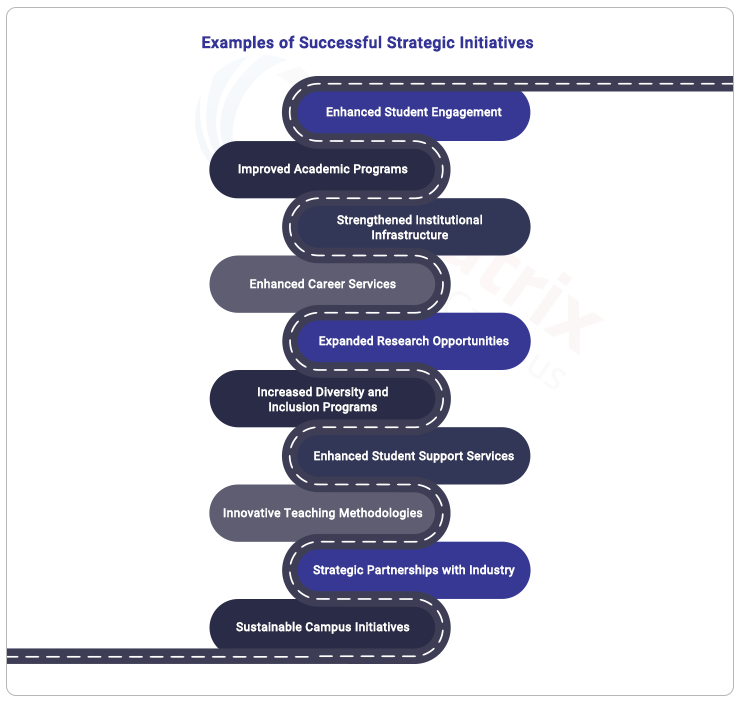
Besides, academic institutions also implement many other strategic endeavors to boost effectiveness, including augmenting student involvement via inventive pedagogy and modernizing curricula to align with industry standards. These initiatives, which include involving community partnerships and infrastructure renovations, show how to approach problems in a variety of ways and promote change.
Challenges and Considerations in Strategic Planning in Higher Education
Challenges in agile decision making
Cultivating a culture of agility to respond swiftly to emerging trends, challenges, and opportunities has always been a major challenge in higher education strategic planning. Retrieving real-time data analysis and stakeholder feedback are other missing parts when it comes to informed decision-making.
Obstacles to Constant Environmental Monitoring
Adopting ongoing monitoring of both internal and external variables, such as changes in the population and alterations to regulations, is the next major milestone. We guarantee that by taking a proactive strategy, your institution will remain ahead of the curve in terms of strategically aligning with higher aims.
Overcoming Opposition to Change
To promote acceptance and flexibility among stakeholders in higher eds, successfully managing change can be necessary while implementing technology software automation.
Addressing challenges in dynamic goal-setting
In order to navigate dynamic goal setting, institutions must adopt flexible frameworks for iterative modifications. This has always been a major hurdle. Make sure to have long-term plans that are adaptive to changing circumstances in order to match with growing priorities.
Managing Cooperation and Openness
What's more important in higher education strategic planning and at the same time challenging to obtain is collaboration within departments and at all levels of leadership. This is an essential ingredient to the success of real-time strategic planning. Clear lines of communication ensure responsibility and alignment across the whole organization by fostering shared insights and ownership of strategic projects.
Improving Decision-Making
The biggest lack when it comes to Strategic Planning in Higher Education today is data insights. When enabled with critical data and analytics, institutions can easily make educated decisions without any delays. This way, institutions can stay competitive in a fast-changing landscape, attract more students, strategize budgets by being able to foresee trends and make strategic adjustments for optimal results in the long run.
Scenario Planning
Uncertainty is not a peril in the institutional playbook; rather, it is an invitation to imagine several futures, to doodle out scenarios of potential, and to get ready for the dramatic shift that lies ahead of you. So never ignore higher education strategic planning.
Future Trends and Innovations - Strategic Planning in Higher Education
- Strategic clarity can be achieved by basing decisions on data insights.
- Customize learning experiences to meet the specific needs of each student.
- Make technology a seamless part of the teaching process.
- Collaborate with global educational partners.
- Encourage ongoing education to help people build their skills for life.
- Integrate sustainability concepts into every strategic decision.
- Promote diversity, equity, and inclusion in all initiatives.
- Accept adaptable learning formats to suit varied learners.
- To traverse changing educational landscapes, be agile in your leadership.
- Form close links with the industry to generate relevant curricula.
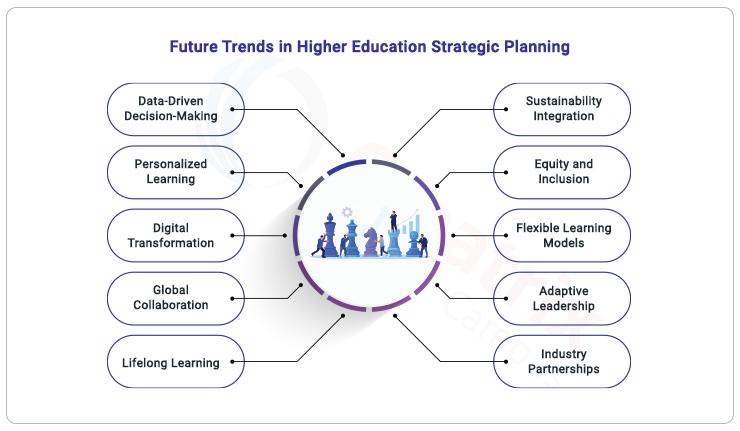
Connecting with Creatrix Campus Strategic Planning Software
Creatrix Campus Strategic Planning Software delivers a comprehensive platform designed to expedite and enhance the strategic planning process for educational institutions. It has tools that drive strategic initiatives in Universities and colleges. Our integrated module provides one centralized hub where stakeholders may connect, communicate, evaluate data, and devise higher strategic initiatives to fulfill institutional goals successfully in the long run.
Benefits of Creatrix Campus Strategic Planning Software
- Communication and information sharing are centralized in streamlined collaboration. Actionable insights are provided for well-informed decision-making through data-driven decision-making.
- Frameworks that can be customized: Fits planning procedures to the requirements of the organization.
- Monitors efforts in real-time to make adjustments to an adaptive approach. Enhanced Transparency: Encourages responsibility and visibility.
- Identification and early resolution of such dangers is known as risk mitigation. Optimizing resources: Matches programs with available assets.
- A more coherent set of decisions is ensured by improved decision alignment. By involving stakeholders, one can get their support and dedication.
- Encourages review and plan revision through continuous improvement.
The greatest choice for higher education planning in the future is unquestionably Creatrix Campus. The future may be safely welcomed by institutions because of its robust features, data-driven insights, and user-friendly design. Speak with the Creatrix team immediately.

